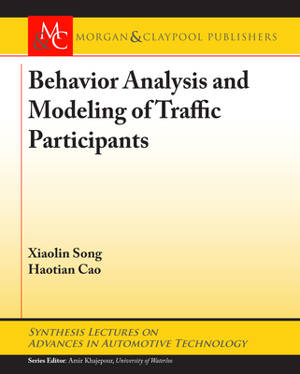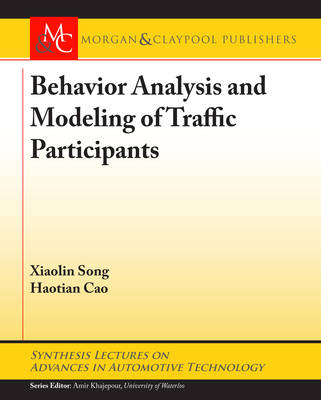
- Retrait gratuit dans votre magasin Club
- 7.000.000 titres dans notre catalogue
- Payer en toute sécurité
- Toujours un magasin près de chez vous
- Retrait gratuit dans votre magasin Club
- 7.000.0000 titres dans notre catalogue
- Payer en toute sécurité
- Toujours un magasin près de chez vous
132,45 €
+ 264 points
Description
To bring down the rate of traffic fatalities, the development of the intelligent vehicle is a much-valued technology. Results and conclusions from this book are expected to offer potential guidance and benefits for promoting the development of intelligent vehicle technology and driving safety.
Spécifications
Parties prenantes
- Auteur(s) :
- Editeur:
Contenu
- Nombre de pages :
- 171
- Collection :
Caractéristiques
- EAN:
- 9781636392646
- Date de parution :
- 30-07-22
- Format:
- Livre relié
- Dimensions :
- 152 mm x 229 mm

Les avis
Nous publions uniquement les avis qui respectent les conditions requises. Consultez nos conditions pour les avis.






